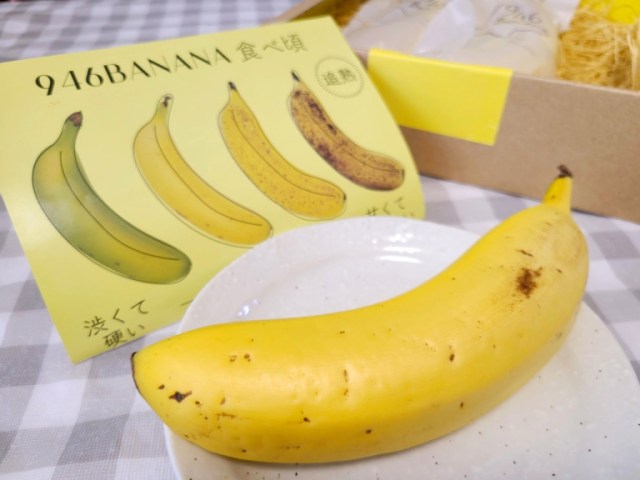
Tropical fruit from Japan’s frosty north.
Bananas aren’t rare in Japan, in the sense that you can find them in any supermarket and also just about any home, as they’re one of the most commonly eaten fruits in the country. However, bananas in Japan are super-rare in the sense that 99.98 percent of the bananas that people eat in Japan are imported.
That statistic means, though, that 0.02 percent of Japan’s bananas are domestically grown, and we were pretty shocked to learn that some of those 0.02 percent come from Hokkaido.
▼ Hokkaido
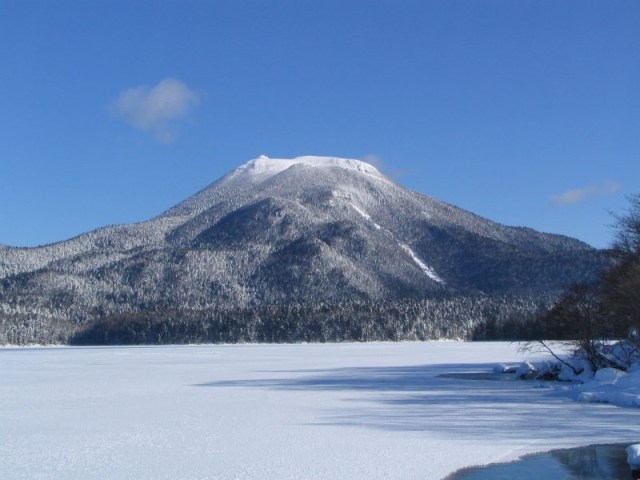
Yes, Hokkaido. Japan’s northernmost prefecture, which spends winter under a blanket of snow, and has the lowest temperature and humidity of anywhere in Japan throughout the year. But they really do grow bananas in the Hokkaido town of Kushiro, and we decided to see what they taste like.
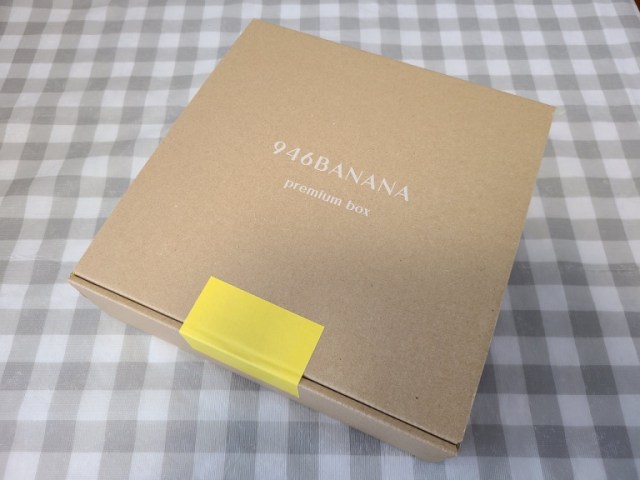
As you might suspect, though, they don’t come cheap. Called 946 Bananas (the digits can also be read as “Kushiro” in Japanese), the price for one is 1,080 yen (US$10.40), about 20 times what an imported banana will cost you at a Japanese grocery store. Oh, and if you splurge for the box set of three bananas like we did? That’ll set you back 4,860 yen (US$50).
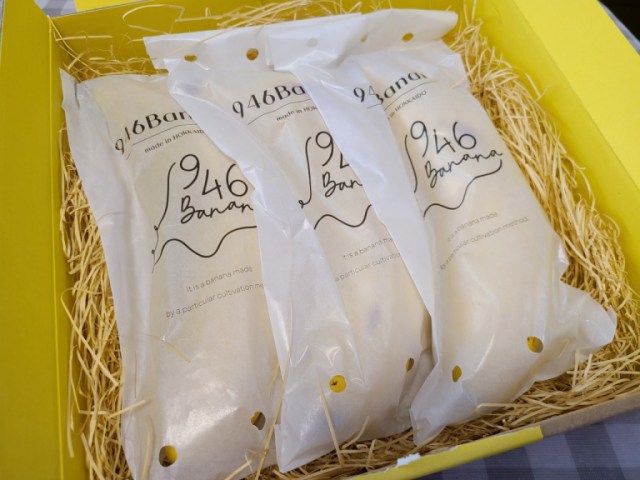
You do get a nice box, though, with individually wrapped bananas nestled in packing straw. The wrappers also have air holes, so that the bananas can continue to ripen during shipping.
We unwrapped one, and the first thing that struck us was the size, as the 946 Bananas are especially large.
▼ Imported supermarket banana (top) vs. 946 Banana (bottom)
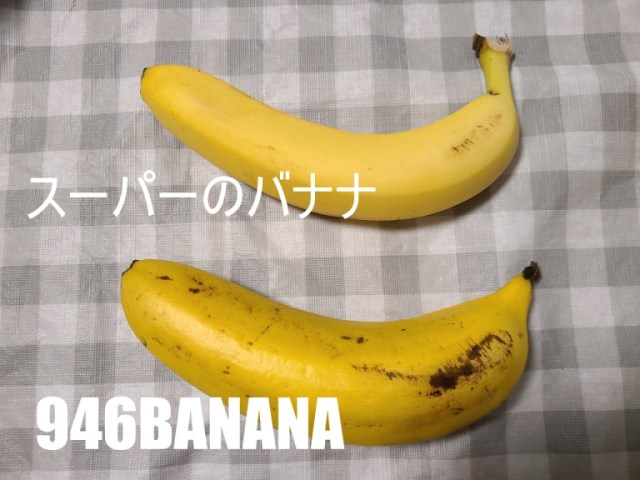
But we’re not Victorian-era aristocrats buying tropical fruit for decorative purposes. Food is for feasting, and it was time to dig in!
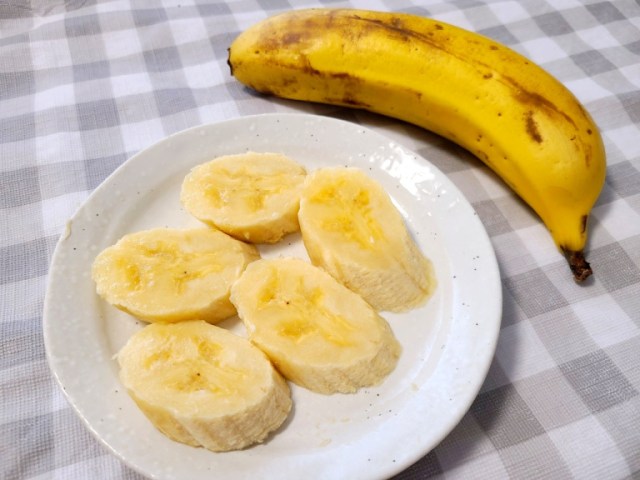
The 946 Banana immediately makes its presence felt on your taste buds. Grown with no pesticides or chemical fertilizers, they have a powerful, but not overpowering, sweetness, which the farmers attribute to the large gap between the high and low temperatures in Kushiro. Moist and rich, our taste-testing reporter Maro was fully satisfied with the fruit.
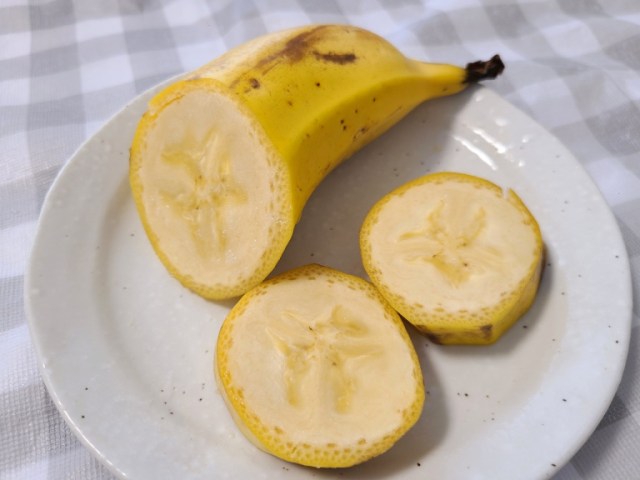
It’s not just their region of origin that makes the 946 Bananas unique, either. They also have remarkably thin peels, so thin that you can eat them!
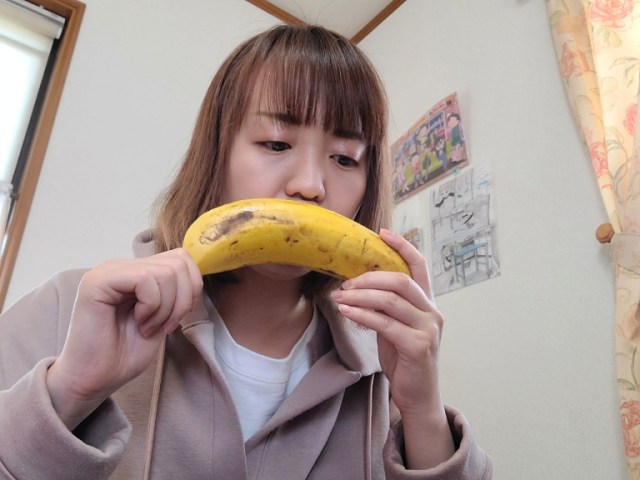
Just because you can, though, doesn’t necessarily mean you’ll want to, at least not raw, as Maro took a bite and found the peel to be pretty bitter. However, the peel is supposedly highly nutritious, and 946 Bananas distributor recommends leaving its bananas unpeeled if you’re tossing them in a blender to make a smoothie, or even slicing and sautéing the peels in a manner like the traditional Japanese vegetable dish kinpira gobo.

946 Bananas can be purchased through their online shop here.
Top image: SoraNews24
Insert images: SoraNews24, 946 Banana
● Want to hear about SoraNews24’s latest articles as soon as they’re published? Follow us on Facebook and Twitter!

No hay comentarios:
Publicar un comentario